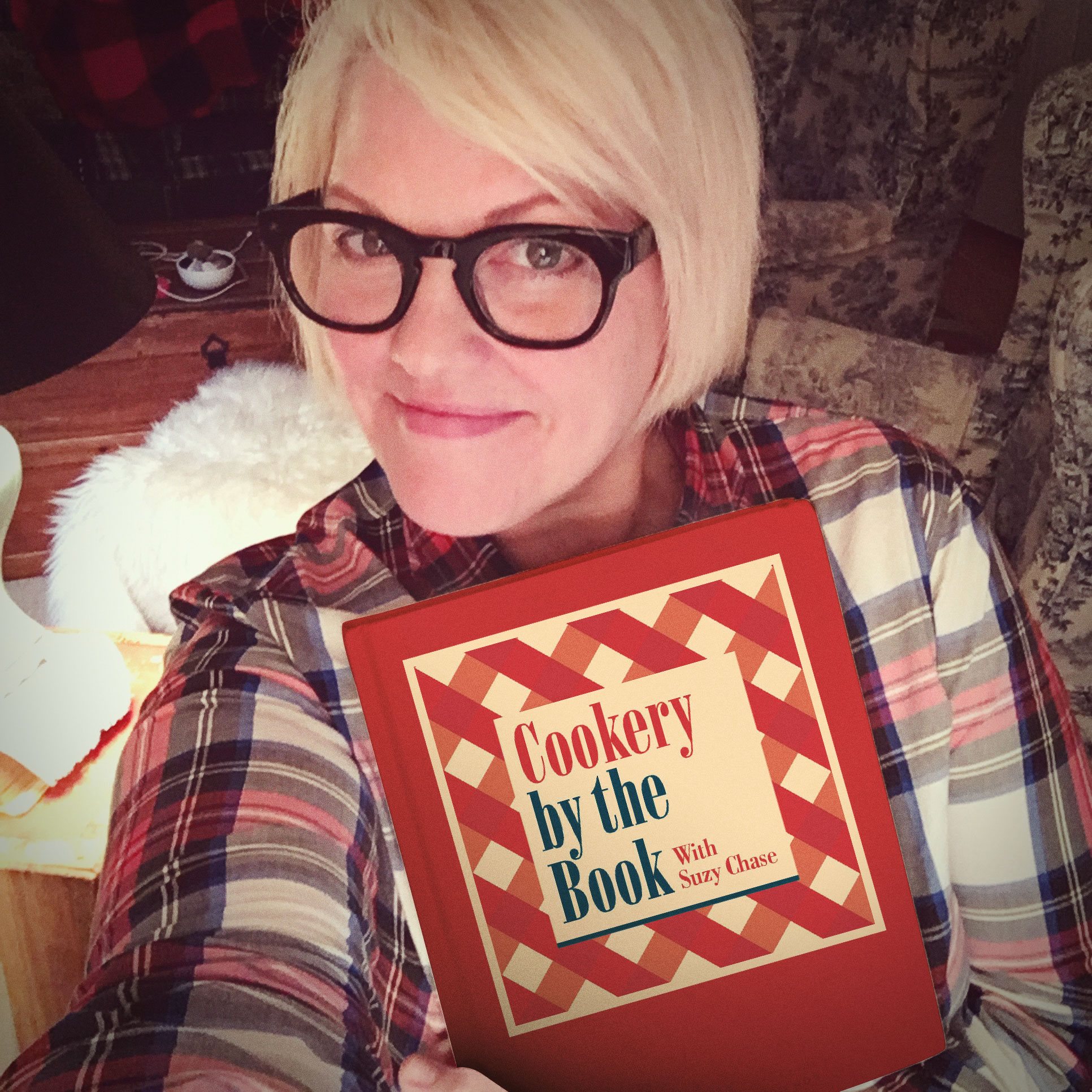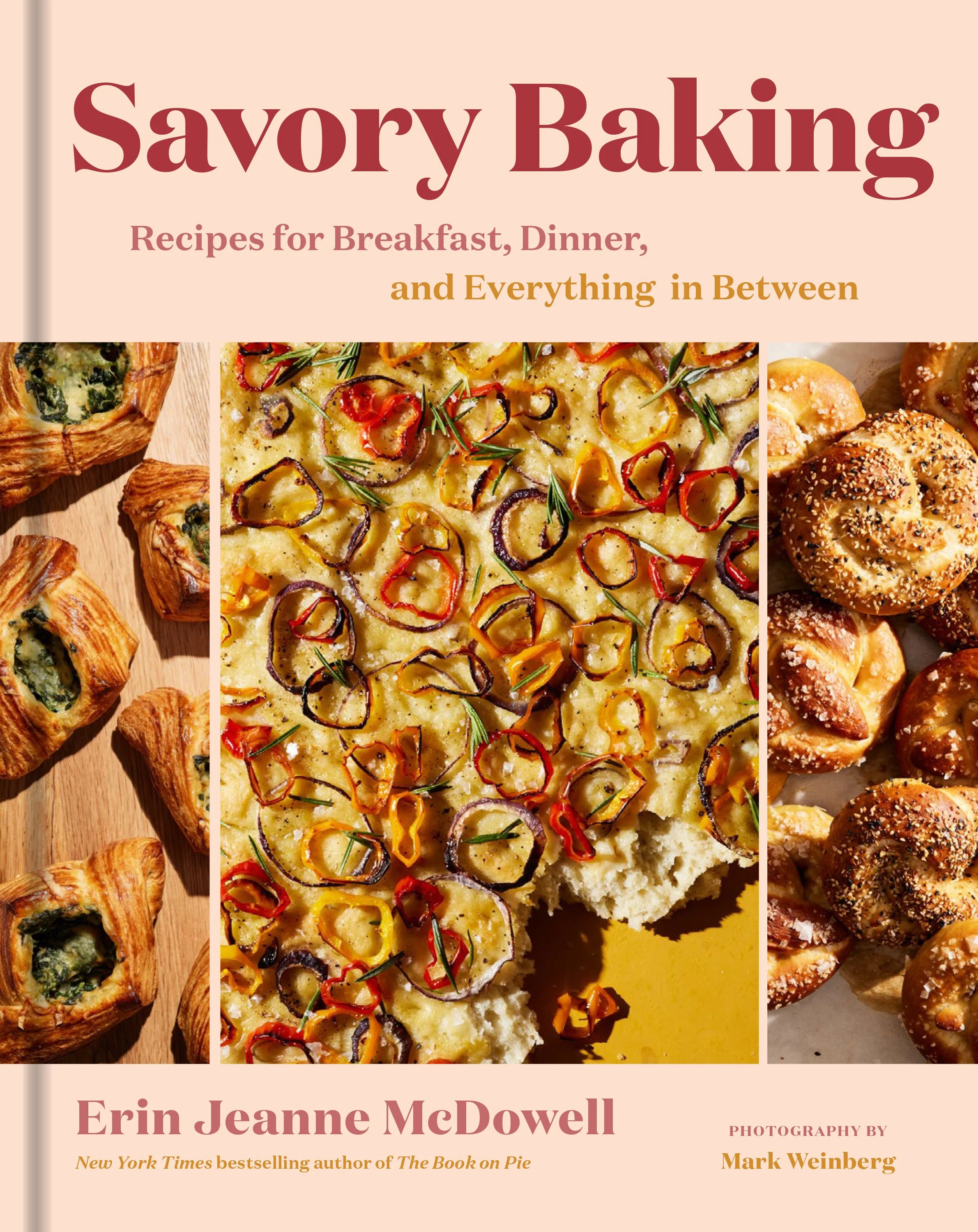Art of the Chicken | Jacques Pépin
Intro: Welcome to the number one cookbook podcast, Cookery by the Book with Suzy Chase. She's just a home cook in New York City, sitting at her dining room table talking to cookbook authors.
Jacques Pépin: Good morning. I'm Jacques Pépin, and my latest book is the Art of the Chicken.
Suzy Chase: As one of the world's most legendary beloved chefs, you need no introduction. So some people don't realize you've been painting in your free time for more than 50 years. In Art of the Chicken, you have more than 130 illustrations of chickens. And the publisher wanted you to create chicken recipes, but you didn't want to. I'd love to hear about that.
Jacques Pépin: Well, I have done 31 cookbooks or so, so I wanted to do a book of illustration, drawing, painting of chicken and they say, "Well, we'd love it." But then they say, "Could you have recipe added to it?" And I did not want to do recipe. So I have another book called The Apprentice that I did 20 some years ago, which is a cooks memoir where I tell story about my life and so forth. So I decided to do the same thing, to go back and look at my life in the context of chicken or eggs of course, from West Africa to Russia to any other part of the world that I've been in and tell stories.
So there are recipes, but in a narrative style. I'll tell you, my mother used to do that type of thing. Saute the chicken, put a bit of cream and this and so forth. Some of those narration can probably follow and do recipe. Some other are more complicated old style of what we used to do in France with a lot of truffle and cockscomb and unborn chicken eggs and sweet bread and different type of things. So that probably not feasible. But yeah, those recipes are done in that style of stories.
Suzy Chase: Yeah, there are no measurements, there's no ingredient list. And each chapter is an endearing story. And there are a few chicken paintings. It was funny as cooking through this book. I could literally hear your voice in my head giving me directions.
Jacques Pépin: Thank you. Thank you very much. But I hope it didn't disturb you.
Suzy Chase: No, no, not at all. So could you describe the process of how you start a new painting? Is it the same way you develop a recipe?
Jacques Pépin: Well, yeah, there are similarities. I mean, I'm probably better at cooking than at planning, because I have been at it longer. And also I have more of a basic training in cooking. I mean, for me, I was in an apprenticeship in 1949, so you can see many, many years ago. And the process at that time, I was 13 years old when I left home, was to listen to the chef and repeat and repeat and repeat until it became part of your DNA, if you want. So your hand could work out without you thinking about it, chopping, slicing or lancing doing things. So that was the technique way, very important of learning those basic principles. And at that point, when you have that type of knowledge, then if you have a bit of talent and another thing, then you can use that knowledge to bring food to a higher level.
But when you work in a professional kitchen, if you have an order for a chicken, so they will rush you and you will do that order. And if someone were to take note exactly of what you do, but you don't look at a recipe there and you may have seven or eight times the same order during the evening, the food comes out exactly the same. But however, the process is always slightly different. It's never exactly the same, because it's more automatic and it can look a bit dry, you may put two tablespoons of water. Next one, you may not do that. Why? Because the chicken may be thinner or thicker or your pan a bit hotter or whatever. So you react to the food in a way, eventually to get to wherever you want by testing and adjusting.
And in painting, I have a bit of the same process, because sometime I start a painting and I don't really know exactly where I'm going. I have an idea, but then they start moving. At some point, usually the painting take a hold of me and I react to it and I put a color here or a shape or whatever, because it just feel right at the right moment without trying to legitimize it in a sense. So yes, there is that type of reaction process to react to the painting as well as to react to the food, which I don't really get to a place where I say, "Okay, I cannot go further. That's it."
Suzy Chase: But chicken is a very humble animal and there's not much variation. I am in awe of the creative inspiration you tapped into to paint so many different looking chickens from different angles, colors, et cetera. Did you ever think this series would go on as long as it did, or do you just have endless chicken inspiration?
Jacques Pépin: Well, that's a good point. I don't really know. Many time I said, "I'm not going to paint another chicken. I've had enough of it too." But then here come another idea and another point of view. And chicken is probably the most democratic of all food, because you'll have chicken in a truck-stop or in a small cafeteria, a diner, and you will have it in a three star restaurant with truffle under the skin or cognac sauce or whatever. You will have it in West Africa, in Turkey, in Italy, in France, or in the south of the US. So I don't see any cooking in the world who doesn't use chicken in one way or the other. So you could probably do a book of 10,000 recipe of chicken from China to Russia and still create new recipes. So yes, it's probably the most democratic of all for me.
Suzy Chase: You have a recipe on page 165 called Julia and Jacques Dueling Chickens. So how come you could never agree on the proper way to roast a chicken?
Jacques Pépin: There is something very personal in cooking and then you give a lot of yourself, an act of love in many ways. So Julia developed a way of roasting a chicken slightly different than mine. And actually it came out pretty similarly at the end. I mean, we did that all the time. I met Julia in 1960 actually, so I knew her for basically half a century and we were good friends, but we argue all the time. And when we did our recipe, when we did our show together, we never had any written recipe. We started with an idea, say, let's do stew or let's do whatever and we went on cooking. So it was probably more difficult for the back kitchen and the cameraman and so forth, because they really didn't know exactly what we were going to do, because we had no recipe. But for us it was fun to cook together like you do with a friend or a spouse, just taking the food and cooking, so that was fun.
Suzy Chase: You did agree on roasting it at a high temperature at 425.
Jacques Pépin: Right.
Suzy Chase: But you like to flip your chicken during the roasting process and baste with pan juices.
Jacques Pépin: Yes. I feel that the leg is a problem that she can take the longest to cook. So by putting it on the side, like 20 minutes on one side and on the other side, landing virtually on the back, I don't have to cook it as long. So it prevent the breast from being overcooked and the leg will be cooked enough, that was my reason.
Suzy Chase: So you also agreed with Julia Child that one of the greatest pleasures in life is a perfectly roasted chicken served with deglazing sauce made from brown bits left in the roasting pan. Could you quickly walk me through your perfectly roasted chicken?
Jacques Pépin: Well, usually it's salt, pepper on top of it and I put it into a thick saucepan on top of the stove on its side. I think I put a dash of butter in it, but not much, she put much more butter than I did. And start browning it on one leg for about four or five minutes until it's really soft and put it into the higher oven, 20, 25 minutes, turn it on the other leg, 20 minutes again. And finally, put it on it's back and baste it and finish it for the last 15, 20 minutes. Yeah, it's always good to let the meat set for a while, for the juice to equalize. And yes, because you see it less in a chicken. But for example, if you take a roast beef or a leg of lamb and you put it into the oven and cook it at high temperature for the given amount in your recipe, if you were to take it out of the oven and slice it right through right away, you will notice that the center is almost raw again.
And the outside is maybe one inch of the outside of that leg of lamb is gray, looking like overcooked. Because as the meats start to cook the meat contract and the juice is pushed toward the center of the meat, so when it comes out, it has to rest, so that the meat relax and the juice run through the meat. And it's going to be pink from the beginning to the end of the roast. So the process is slightly different with chicken, but it's still make it more succulent and more juicy and nicer to let it rest for a little while before you're carving.
Suzy Chase: What's your favorite wine to drink with chicken?
Jacques Pépin: Free wine. Yeah.
Suzy Chase: That's the best. So now to my segment called, I Could Keep Eating, where I ask you what food you could just keep eating and eating. And for example, I could keep eating Parker House Rolls with butter.
Jacques Pépin: Well, I mean for me, if you give me the greatest baguette in the world and the greatest butter, it's hard to beat bread and butter. Yes.
Suzy Chase: So where can we find you on the web and social media?
Jacques Pépin: I think you can go on Instagram and look at the Jacques Pépin Foundation. And find anything you want know about me, I guess.
Suzy Chase: I cannot thank you enough for coming on Cookery by the Book podcast for the third time. This was such a treat for me.
Jacques Pépin: Thank you. Thank you for having me. Thank you.
Outro: Follow Cookery by the Book on Instagram. And thanks for listening to the number one cookbook podcast, Cookery by the Book.




